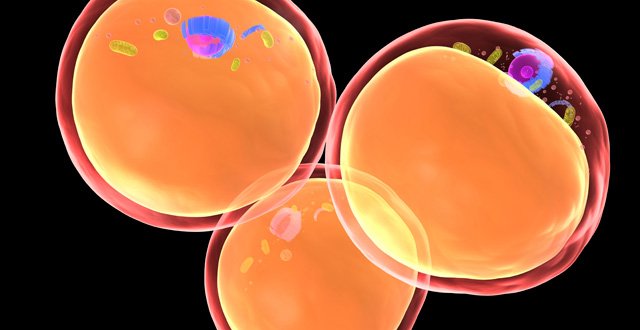
According to research presented in an
oral presentation at the IES Annual Meeting, high-density lipoprotein (HDL)
particles undergo metabolic activation during obesity and become dysfunctional.
Researchers
concluded that “determination of MHI (metabolic HDL index) may provide a novel
indicator of metabolic health and guide clinical decision-making”.
The study
was based upon a hypothesis following a study carried out on mice, which
demonstrated the enrichment of pro-inflammatory proteins on HDL from obese
mice, who were fed a saturated-fat diet compared with a monosaturated-fat diet.
This study hypothesised that HDL function and proteomic composition would be
modulated in obese humans, similarly to those of the mice.
The study
was carried out with a cohort of 108 obese subjects and 129 normal-weight (NW)
subjects. The obese subjects were categorised into ‘metabolically healthy
obese’ (45 subjects) and ‘metabolically unhealthy obese’ (65).
Efflux
function of small and large HDL particles and paraoxonase-1 activity was
determined. Researchers then performed HDL-proteomic analysis on subgroups of
age- and sex-matched subjects. The groups were made of eight-to-12 people.
The study
found that ABCA1-independent (p<0.001) efflux to HDL and paraoxonase-1
activity (p<0.001) were reduced significantly, while ABCA1-dependent efflux
was preserved in obese subjects compared with NW controls.
The
metabolically unhealthy obese cohort showed an intermediate HDL-proteome
footprint. An MHI score generated based upon the proteomic data could
“significantly delineate” between the metabolically healthy and the
metabolically unhealthy obese groups; this was “one of the strongest correlates
with multiple components of the metabolic syndrome”.
This research was carried out by the
UCD Diabetes Complications Research Centre, UCD Conway Institute, University
College Dublin, the Department of Endocrinology at St Vincent’s University
Hospital, Dublin, and Tallaght
Hospital, Dublin.





Leave a Reply
You must be logged in to post a comment.